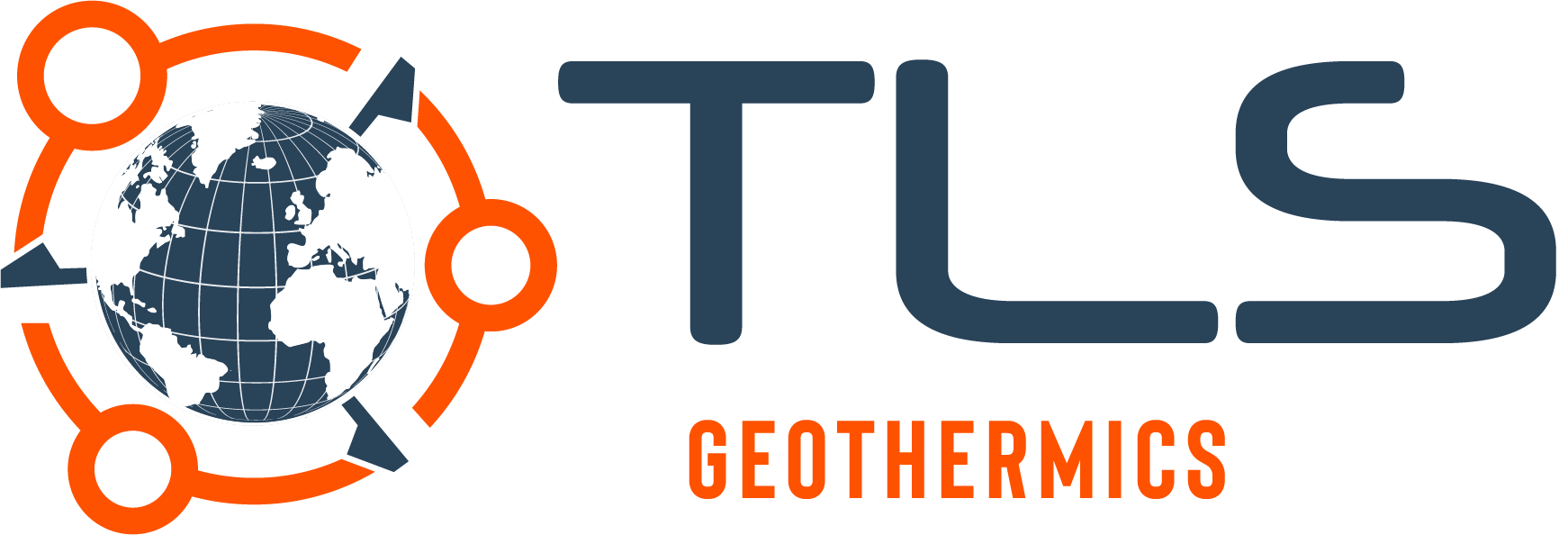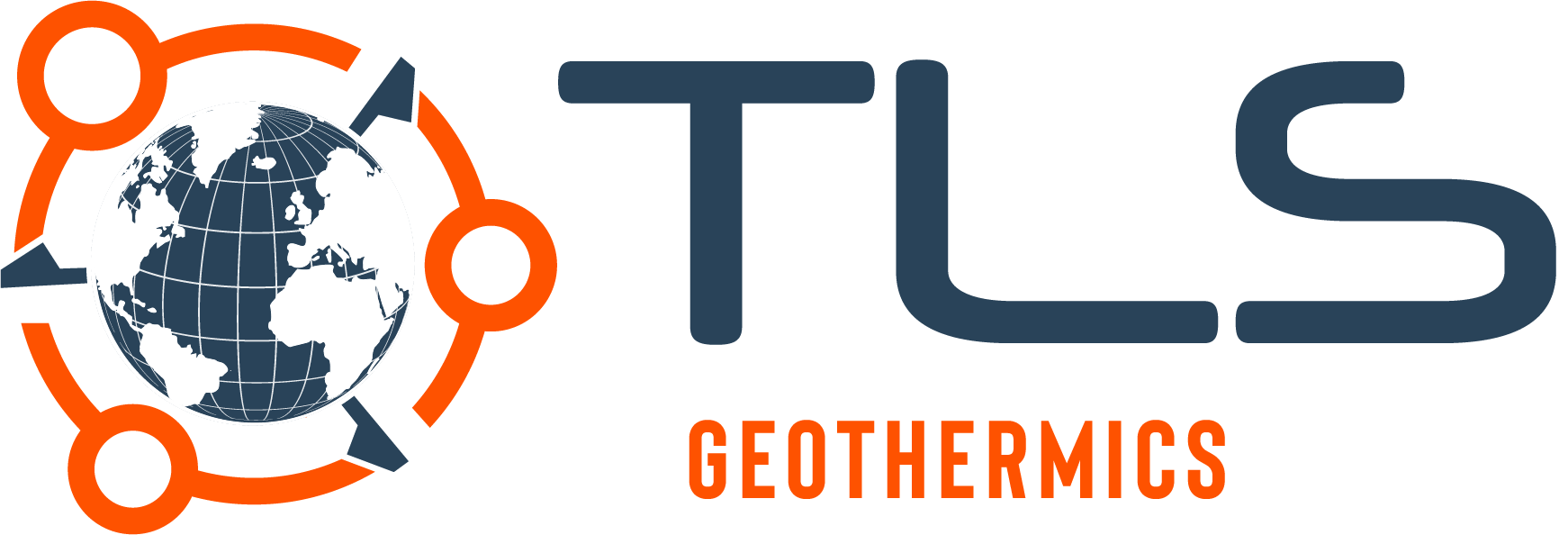Ressource géothermique – Geopulse – TLS Geothermics
[av_one_fifth first min_height=” vertical_alignment=’av-align-top’ space=” row_boxshadow=” row_boxshadow_color=” row_boxshadow_width=’10’ custom_margin=” margin=’0px’ mobile_breaking=” border=” border_color=” radius=’0px’ padding=’0px’ column_boxshadow=” column_boxshadow_color=” column_boxshadow_width=’10’ background=’bg_color’ background_color=” background_gradient_color1=” background_gradient_color2=” background_gradient_direction=’vertical’ src=” background_position=’top left’ background_repeat=’no-repeat’ highlight=” highlight_size=” animation=” link=” linktarget=” link_hover=” title_attr=” alt_attr=” mobile_display=” id=” custom_class=” template_class=” aria_label=” av_uid=’av-8303fx’ sc_version=’1.0′][/av_one_fifth]
[av_three_fifth min_height=” vertical_alignment=’av-align-top’ space=” row_boxshadow=” row_boxshadow_color=” row_boxshadow_width=’10’ custom_margin=” margin=’0px’ mobile_breaking=” border=” border_color=” radius=’0px’ padding=’0px’ column_boxshadow=” column_boxshadow_color=” column_boxshadow_width=’10’ background=’bg_color’ background_color=” background_gradient_color1=” background_gradient_color2=” background_gradient_direction=’vertical’ src=” background_position=’top left’ background_repeat=’no-repeat’ highlight=” highlight_size=” animation=” link=” linktarget=” link_hover=” title_attr=” alt_attr=” mobile_display=” id=” custom_class=” template_class=” aria_label=” av_uid=’av-5aymnx’ sc_version=’1.0′]
[av_heading heading=’La ressource géothermique – Projet Geopulse’ tag=’h1′ style=’blockquote modern-quote modern-centered’ subheading_active=” show_icon=” icon=’ue800′ font=’entypo-fontello’ size=” av-medium-font-size-title=” av-small-font-size-title=” av-mini-font-size-title=” subheading_size=” av-medium-font-size=” av-small-font-size=” av-mini-font-size=” icon_size=” av-medium-font-size-1=” av-small-font-size-1=” av-mini-font-size-1=” color=” custom_font=” icon_color=” margin=” margin_sync=’true’ padding=’10’ icon_padding=’10’ link=” link_target=” id=” custom_class=” template_class=” av_uid=’av-krlvw8uj’ sc_version=’1.0′ admin_preview_bg=”][/av_heading]
[av_hr class=’custom’ icon_select=’yes’ icon=’ue808′ font=’entypo-fontello’ position=’center’ shadow=’no-shadow’ height=’50’ custom_border=’av-border-thin’ custom_width=’50px’ custom_margin_top=’30px’ custom_margin_bottom=’30px’ custom_border_color=” custom_icon_color=” id=” custom_class=” template_class=” av_uid=’av-krlwch4w’ sc_version=’1.0′ admin_preview_bg=”]
[av_video src=’https://www.youtube.com/watch?v=hAn6X0h3wmo’ mobile_image=” attachment=” attachment_size=” format=’16-9′ width=’16’ height=’9′ conditional_play=” id=” custom_class=” template_class=” av_uid=’av-krlwaqci’ sc_version=’1.0′]
[av_hr class=’default’ icon_select=’yes’ icon=’ue808′ position=’center’ shadow=’no-shadow’ height=’50’ custom_border=’av-border-thin’ custom_width=’50px’ custom_margin_top=’30px’ custom_margin_bottom=’30px’ custom_border_color=” custom_icon_color=” av-desktop-hide=” av-medium-hide=” av-small-hide=” av-mini-hide=” id=” custom_class=” template_class=” av_uid=’av-3vucnx’ sc_version=’1.0′]
[av_textblock size=” av-medium-font-size=” av-small-font-size=” av-mini-font-size=” font_color=” color=” id=” custom_class=” template_class=” av_uid=’av-krlvr0xx’ sc_version=’1.0′ admin_preview_bg=”]
Une ressource géothermique ?
Une ressource géothermique haute température est une quantité de chaleur renouvelable et exploitable, naturellement présente dans le sous-sol.
La température augmentant dans le sous-sol avec la profondeur, on pourrait se dire qu’il suffit de forer suffisamment profond pour trouver une ressource géothermique. Mais cela n’est pas forcément vrai puisque la température n’est pas le seul paramètre à prendre en compte.
En effet, la quantité de chaleur exploitable dépend aussi de la présence de fluide naturel dans le sous-sol, de son volume et de sa capacité à circuler dans les roches.
Par exemple, il y a beaucoup plus de chaleur dans une piscine à 25°C que dans une tasse de thé à 80°C. Cela s’explique par la différence du volume d’eau chaude. Une température élevée sans présence de fluide ne constitue donc pas nécessairement une ressource géothermique.
Pourquoi dans le Massif Central ?
Alors pourquoi le Massif Central est-elle une région favorable à la géothermie haute température ? C’est d’abord lié à la forte quantité de chaleur présente naturellement dans son sous-sol. Sous le Massif Central, le manteau terrestre, qui est très chaud, remonte légèrement et apporte avec lui d’importantes quantités de chaleur. Cette remontée du manteau explique le bombement de la topographie régionale que l’on observe bien sur une carte de France de l’altitude.
Sans ce bombement, le Massif Central devrait avoir les mêmes altitudes que la Bretagne puisque ces deux régions ont une histoire géologique proches.
Ce phénomène, qui fait du Massif Central une région avec un sous-sol particulièrement chaud à l’échelle de l’Europe a aussi eu pour conséquence l’activité volcanique récente, à l’échelle géologique, que l’on peut observer un peu partout dans la région.
L’autre raison qui fait du Massif Central une région d’intérêt pour la géothermie est la composition de ses roches et les structures qui les recoupent. En effet, les roches du Massif Central sont essentiellement des roches dites « de socle » comme le granite, et sont très rigides. Ces roches apparaissent généralement en rouge sur les cartes géologiques.
De plus, les roches du Massif Central sont recoupées par ce que l’on appelle des failles. Ces structures géologiques sont le résultat des forces à l’œuvre lors du mouvement des plaques tectoniques. Les failles sont des zones où la roche est naturellement très fracturée. Des fluides vont donc pouvoir remplir ces fractures et circuler naturellement le long celles-ci en horizontal comme en profondeur.
Pourquoi le PER Sioule ?
En 2015, TLS Geothermics a donc demandé à l’Etat un PER pour Permis Exclusif de Recherche de gîte géothermique haute température dans la région de la Sioule. Ce permis, qui accorde uniquement un droit exclusif d’explorer et non de forer a été validé en 2017. Il recouvre une large zone dans laquelle on retrouve les éléments favorables à la présence d’une ressource géothermique. La région est en effet située à l’aplomb de la remontée de chaleur sous Massif Central. Elle est aussi recoupée par plusieurs grandes failles dont la faille de Pontgibaud qui a été exploitée jusqu’à la fin du 19ème siècle pour le plomb argentifère. Enfin, la région de la Sioule est aussi d’intérêt du fait de la proximité de la Chaîne des Puys, qui pourrait impliquer un surplus de chaleur dans le sous-sol profond lié à son activité volcanique récente.
Rejoint par Storengy en 2017, TLS Geothermics a mené depuis des études visant à comprendre le sous-sol et évaluer le potentiel géothermique de la région. Les méthodes d’analyse, souvent déployées en partenariat avec des universités ont consistées à : analyser les roches et les failles en surface, obtenir des images du sous-sol grâce à ce que l’on appelle de la géophysique et analyser la composition des fluides de certaines sources comme à Ceyssat ou Pranal.
Pourquoi à Saint-Pierre-Roche ?
L’ensemble des résultats obtenus lors de ces analyses ont permis de confirmer le fort potentiel géothermique de la zone. Un site très favorable à la présence d’une ressource géothermique haute température a de plus été identifié sur la commune de Saint-Pierre-Roche grâce à un faisceau d’éléments favorables issus de l’exploration.
Tout d’abord, le site identifié se trouve à l’intersection entre deux zones de faille : la faille de Pontgibaud et la faille de la Miouze. Cela entraine une augmentation du nombre de fractures et donc du volume de fluide disponible ainsi que de sa capacité à circuler dans la roche.
D’autres éléments indiquent la présence de circulations de fluide dans la zone de faille, depuis des niveaux profonds chauds jusqu’à des profondeurs moins importantes de l’ordre de 3 km.
Les images du sous-sol réalisées lors de l’exploration ont permis de localiser ces circulations à l’intersection même entre les deux failles identifiés et à une profondeur de 3 à 4 km.
Les images géophysiques ont aussi montré l’enracinement profond de ces structures dans ce qui pourrait être une ancienne chambre magmatique solidifié mais encore chaude située entre 12 et 15 km de profondeur.
Comment extraire la chaleur ?
Un forage d’exploration est donc proposé sur ce site pour d’abord vérifier les éléments favorables observés depuis la surface, pour ensuite acquérir de nouvelle données in-situ et pour enfin valider ou non la présence d’une ressource géothermique exploitable. Le diamètre de la partie terminale du forage, la plus profonde, est d’environ 20 centimètres.
Les résultats du premier forage, appelé SIM1, seront considérés positifs si la température et le débit de fluide trouvés sont suffisants. Dans ce cas-là, un second forage sera réalisé pour constituer ce que l’on appelle un doublet géothermique. Dans un doublet, le fluide géothermique chaud est pompé par le premier puits. Une partie de sa chaleur est ensuite récupérée en surface dans une centrale géothermique et permet de produire de l’électricité et de la chaleur. Le fluide est ensuite entièrement réinjecté dans le sous-sol par le second puits. Les deux puits d’un doublet doivent être éloignés pour laisser au fluide le temps de se réchauffer en circulant dans la roche.
Si et uniquement si les données issues des forags sont très positives, il pourra être possible de réaliser un second doublet depuis le même site pour augmenter la capacité de production de la centrale géothermique. C’est pour cela que la demande du projet Geopulse porte en tout sur 4 forages.
Dans le cas où les résultats du premier puits ne sont pas bons, le projet de centrale sera abandonné et le site de forage sera rendu à son état initial.
Pour quelles utilisations ?
La centrale géothermique aura une puissance électrique de 5 MW voire 10 s’il y a deux doublets. Elle permettra de produire en continu de l’électricité renouvelable et propre pour alimenter l’équivalent de 9000 foyers français, pour le cas d’un seul doublet. Cela correspond environ à une petite dizaine d’éoliennes. L’emprise foncière de la centrale sera réduite à 2 hectares, et l’impact paysager sera faible, notamment comparé aux éoliennes. En plus de l’électricité, la centrale produira de la chaleur qui pourra être utilisée localement pour répondre à des besoins encore à identifier. De plus en phase d’exploitation, la centrale emploiera 5 personnes à temps plein.
[/av_textblock]
[/av_three_fifth][av_one_fifth min_height=” vertical_alignment=’av-align-top’ space=” row_boxshadow=” row_boxshadow_color=” row_boxshadow_width=’10’ custom_margin=” margin=’0px’ mobile_breaking=” border=” border_color=” radius=’0px’ padding=’0px’ column_boxshadow=” column_boxshadow_color=” column_boxshadow_width=’10’ background=’bg_color’ background_color=” background_gradient_color1=” background_gradient_color2=” background_gradient_direction=’vertical’ src=” background_position=’top left’ background_repeat=’no-repeat’ highlight=” highlight_size=” animation=” link=” linktarget=” link_hover=” title_attr=” alt_attr=” mobile_display=” id=” custom_class=” template_class=” aria_label=” av_uid=’av-2sdb99′ sc_version=’1.0′][/av_one_fifth]



Leave a Reply